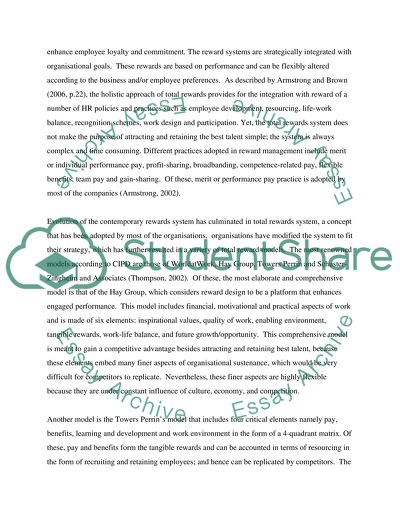Cite this document
(“The relative importance of Reward and Resourcing within the overall Essay”, n.d.)
Retrieved from https://studentshare.org/human-resources/1417949-the-relative-importance-of-reward-and-resourcing-within-the-overall-role-of-the-human-resource-function
Retrieved from https://studentshare.org/human-resources/1417949-the-relative-importance-of-reward-and-resourcing-within-the-overall-role-of-the-human-resource-function
(The Relative Importance of Reward and Resourcing Within the Overall Essay)
https://studentshare.org/human-resources/1417949-the-relative-importance-of-reward-and-resourcing-within-the-overall-role-of-the-human-resource-function.
https://studentshare.org/human-resources/1417949-the-relative-importance-of-reward-and-resourcing-within-the-overall-role-of-the-human-resource-function.
“The Relative Importance of Reward and Resourcing Within the Overall Essay”, n.d. https://studentshare.org/human-resources/1417949-the-relative-importance-of-reward-and-resourcing-within-the-overall-role-of-the-human-resource-function.


